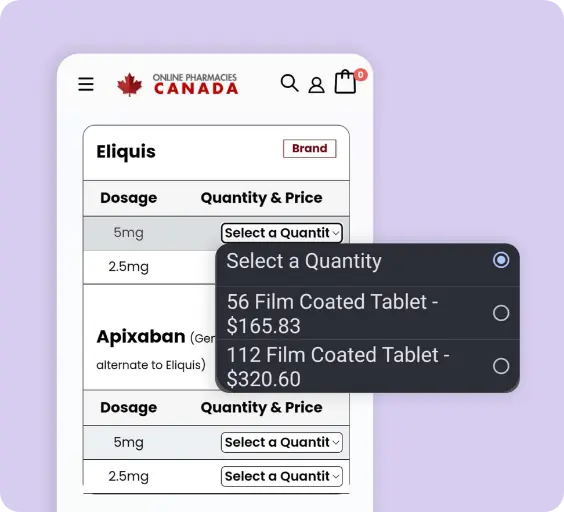Zymaxid Ophthalmic Solution (Gatifloxacin) 
 Prescription Required
Prescription Required
 Formulation: Ophthalmic Solution
Formulation: Ophthalmic Solution
Zymaxid Ophthalmic Solution
(Brand Option)
Select the prescribed dosage
Select the quantity to see the price.
 Prescription Required
Prescription Required
 Formulation: Ophthalmic Solution
Formulation: Ophthalmic Solution
Gatifloxacin
We don't sell this generic-version medication.
Select the quantity to see the price.






















REVIEWS